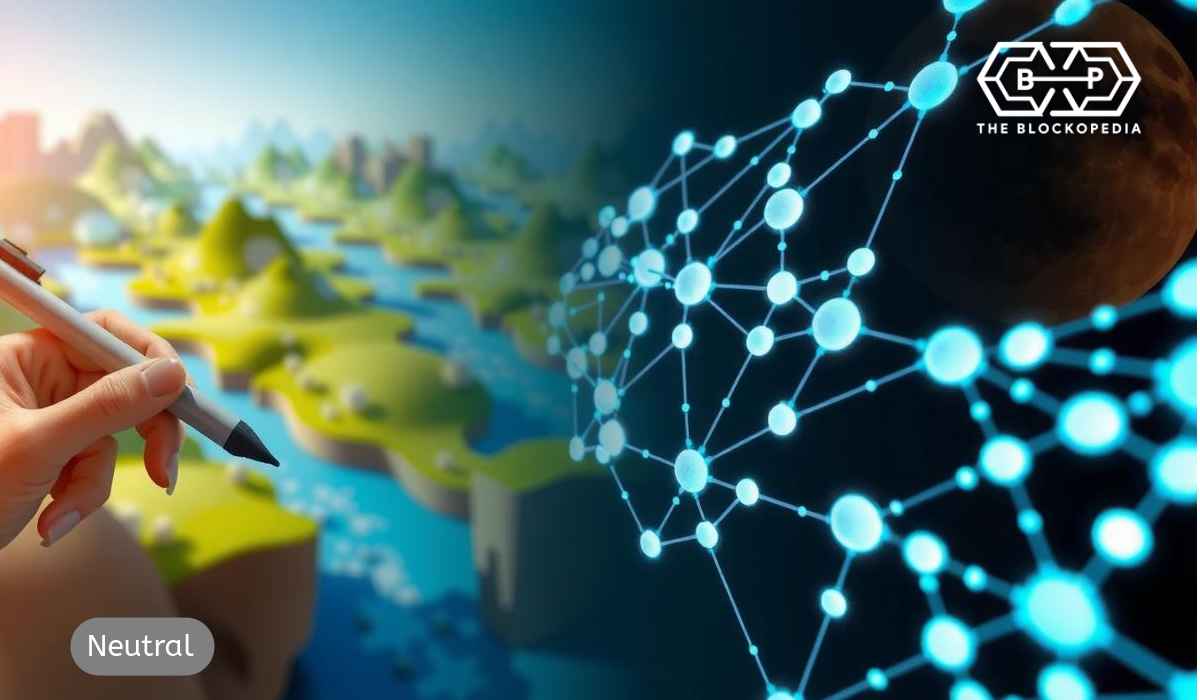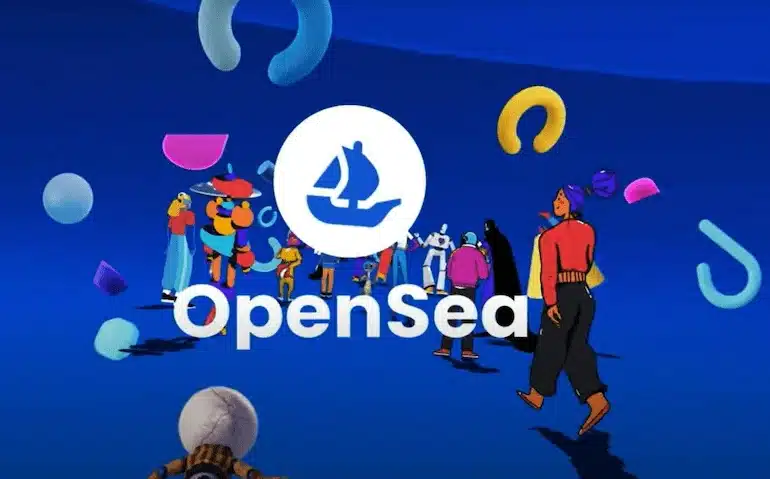The world of online gaming is evolving, with more developers exploring the integration of blockchain technology to enhance player experience. This shift to Web3 games, which rely on decentralized technology, is not just a passing trend, but a move that promises to revolutionize the gaming industry. This new technology allows players to truly own their in-game assets and trade them freely, offering new revenue streams and giving power back to the players through real ownership of digital items.
Web3 refers to the next generation of the internet, where platforms and applications run on decentralized networks rather than being controlled by a single authority. Instead of all your data and actions relying on a big corporation, Web3 relies on blockchains – digital ledgers that record transactions in a permanent, secure way.
In blockchain gaming, tokens and non-fungible tokens (NFTs) are key concepts. Tokens are fungible assets like cryptocurrencies, while NFTs represent unique items and are perfect for game assets like skins, characters, or collectibles. Smart contracts, which are self-executing agreements or pieces of code on the blockchain that run automatically when certain conditions are met, handle transactions like minting NFTs, transferring in-game currency, or verifying player ownership. As such, a Web3 game often develops its own economy, where players can buy, sell, or trade assets.
Building a Web3 game requires a certain skill set. For instance, a basic understanding of Unity and C# scripting is essential. Basic knowledge of blockchain, how wallets work, and the difference between mainnet and testnet is also necessary. Solidity, the programming language most used for writing smart contracts on Ethereum and similar blockchains, is another crucial skill.
The process of building a Web3 game involves setting up your development environment, installing Unity, integrating a blockchain Software Development Kit (SDK), and connecting a blockchain wallet. Creating and deploying smart contracts is also a key part of the process. Once the contract is live on a test network, your Unity game can call its functions.
But the process doesn’t stop there. Building the game mechanics, designing a user-friendly interface, managing performance and scalability, testing and debugging, and deployment and launch are all steps that need to be meticulously planned and executed. Post-launch maintenance and tracking metrics for growth are also crucial.
Security is paramount in the development of Web3 games. Even a small bug can lead to big losses in a decentralized environment. Also, scalability is important if you anticipate a lot of transactions. However, the blockchain aspect should enhance gameplay and not overshadow it. If your game isn’t enjoyable, players won’t stay just because it’s decentralized.
In conclusion, creating a Web3 game with Unity may seem like a daunting task, but with the right skills and resources, it’s a viable and exciting prospect. The integration of blockchain technology in gaming is a game-changer that offers a wealth of opportunities for developers and players alike. It’s an exciting time to be a part of the gaming industry, and the future looks bright for Web3 games.
![]()



